How do frozen tissue samples from the 1960s help animal conservation in the time of COVID-19? Andrew Kitchener and Gill Murray-Dickson explore the importance of our Biobank and the CryoArks initiative for continuing research to answer the questions of today and the future.
Compared to shelves teeming with boxes of fascinating skeletons, or cabinets stuffed with colourful skins, beautiful eggs or pinned insects, biobanks may sound a bit dull. Serried ranks of anonymous freezers, enhanced with the odd fridge magnet, could make your heart sink, but peep inside the biobanks’ database and you will find an amazing array of biodiversity.
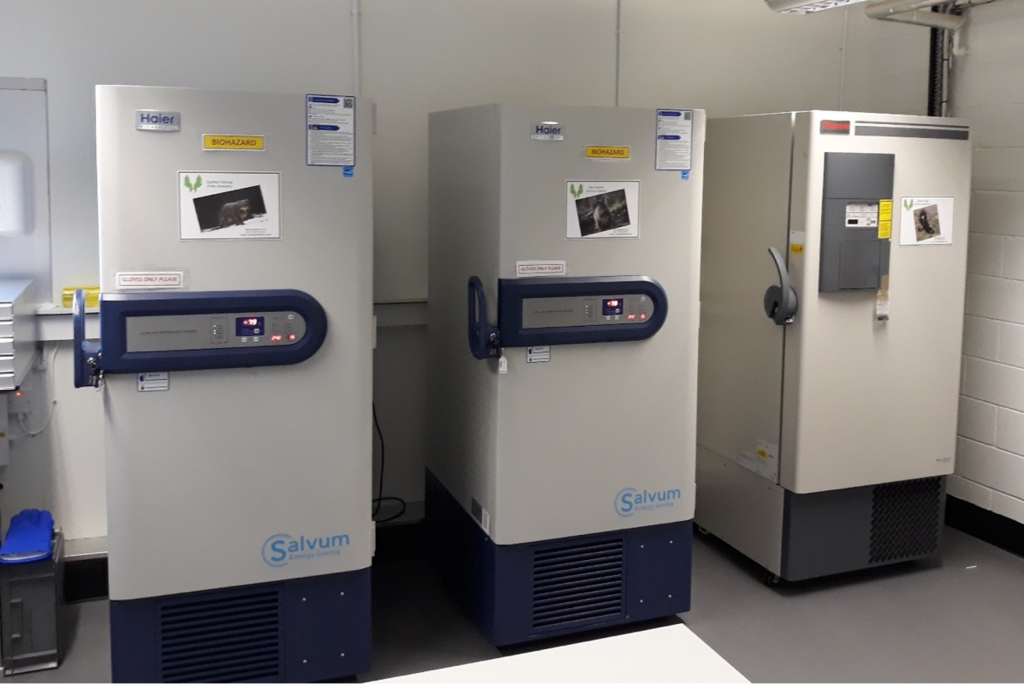
Biobanks are a little bit like a library or a bank. Instead of storing books or money, they store samples of DNA and body tissues. The samples are stored in a very organised way at temperatures of at least -80 oC to minimise the degradation of the DNA in the samples over time. These samples are used by researchers for genetic studies. They offer DNA that may have been collected over wide geographical and temporal scales.
National Museums Scotland are a hub of the CryoArks Biobank initiative alongside our partners at the Natural History Museum in London and the Royal Zoological Society of Scotland (RZSS) who also host the UK’s branch of the European Association of Zoos and Aquaria Biobank.
CryoArks is a project led by Professor Mike Bruford of Cardiff University and funded by the Biotechnology and Biological Sciences Research Council to establish a zoological biobanking network in the UK. As well as supporting development of the ‑80oC freezer infrastructure to store samples long-term, CryoArks is developing an online database that will allow researchers to find out what samples are available from the CryoArks Biobank hubs and other member institutions.
The Nagoya Protocol on Access and Benefits Sharing is an international agreement that was implemented in 2014 to ensure any benefits gained from using genetic resources (and associated traditional knowledge) are shared with the countries from which the samples were collected. This helps to avoid countries being exploited by richer nations.
Although welcome, it has created difficulties for some researchers trying to access genetic resources because many countries still lack, or are developing their own procedures for, implementing the protocol. It’s vital that we make the best use of the samples already available in the UK and make these easily available to support research, much of which may benefit the conservation of endangered species worldwide.
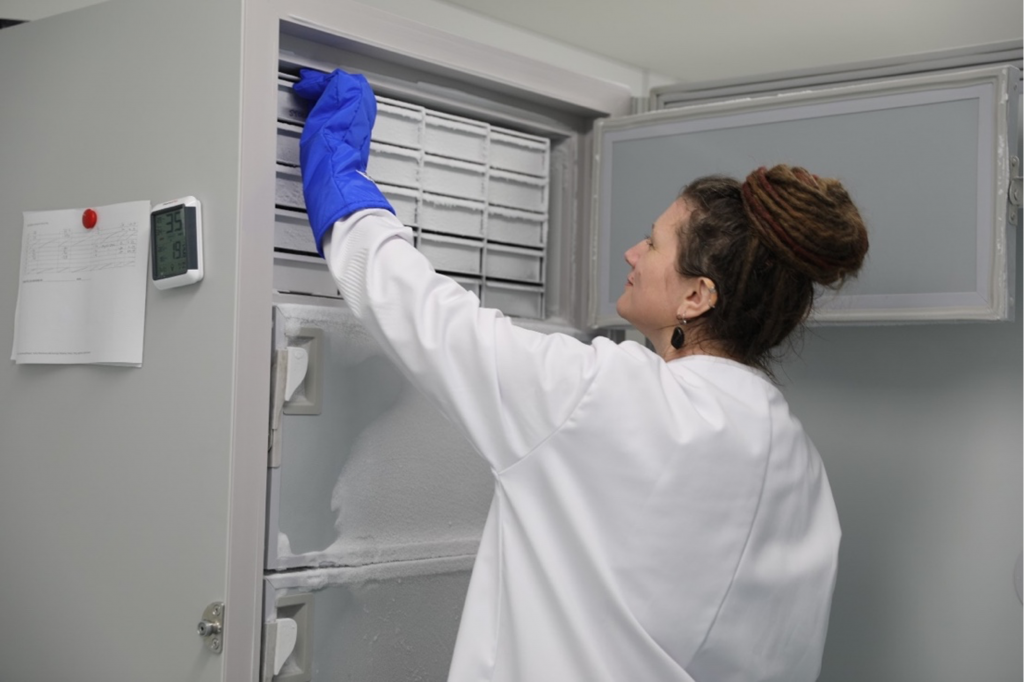
As with most collections, they are not made for their own sake, but for their potential for research that can make a real difference. As the COVID-19 pandemic continues around the world, there have been a variety of studies that have investigated its impact on mammals. Primates and mustelids seem to be amongst the most susceptible, but not all species may be affected similarly. Biobank collections of muscle samples, such as at National Museums Scotland, offer unique opportunities to investigate the differences between species’ susceptibility to COVID-19.
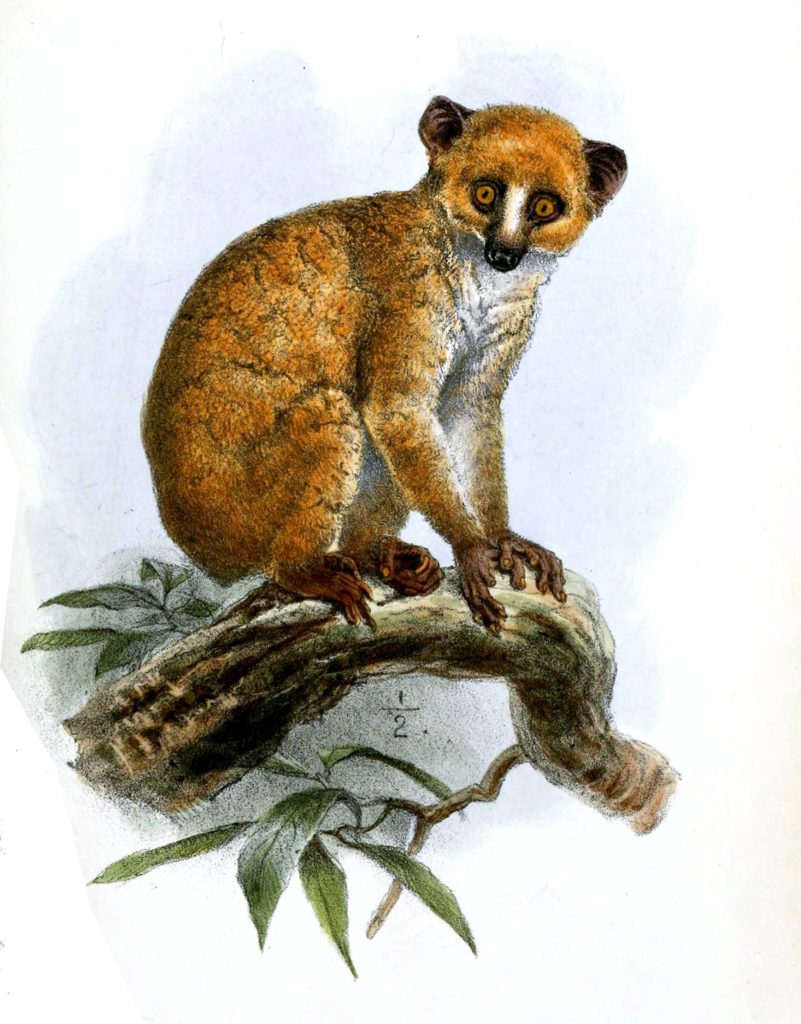
In 1965 an angwantibo (Arctocebus calabarensis) arrived at Edinburgh Zoo from Nigeria and sadly died the following year. It stayed in our freezer until 1997, when it was prepared as a skin and skeleton for the research collections. At the same time, we kept a small muscle sample just in case a researcher wanted to extract some DNA for molecular studies. We started doing this routinely some years earlier and unwittingly this was the beginning of our accidental ‘biobank’.
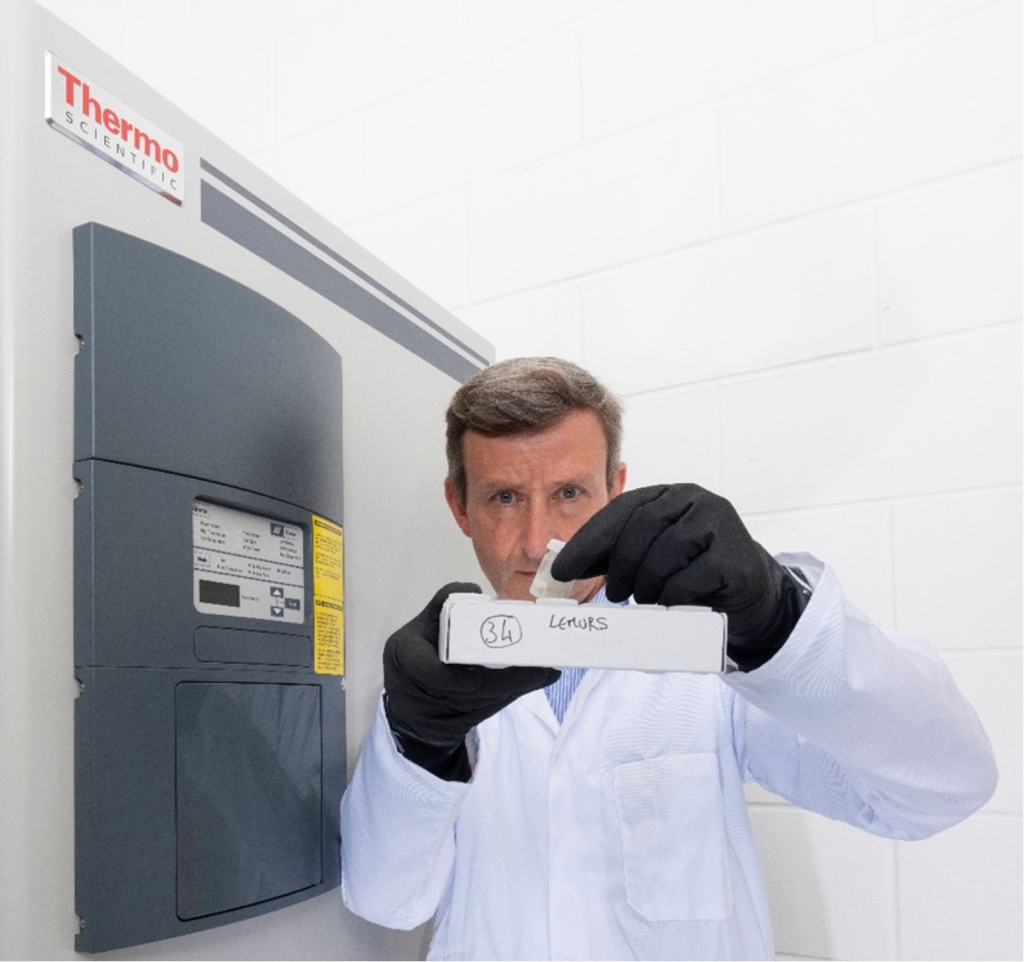
Angwantibos are African lorises related to bushbabies and are not endangered. But they are very rare in zoos, so I knew that our three samples would be in much demand. For example, samples from our angwantibos were used in a phylogenetic study by Pozzi et al. (2015) which showed that the African lorises (pottos and angwantibos) are more closely related to galagos or bushbabies than they are to Asian lorises.
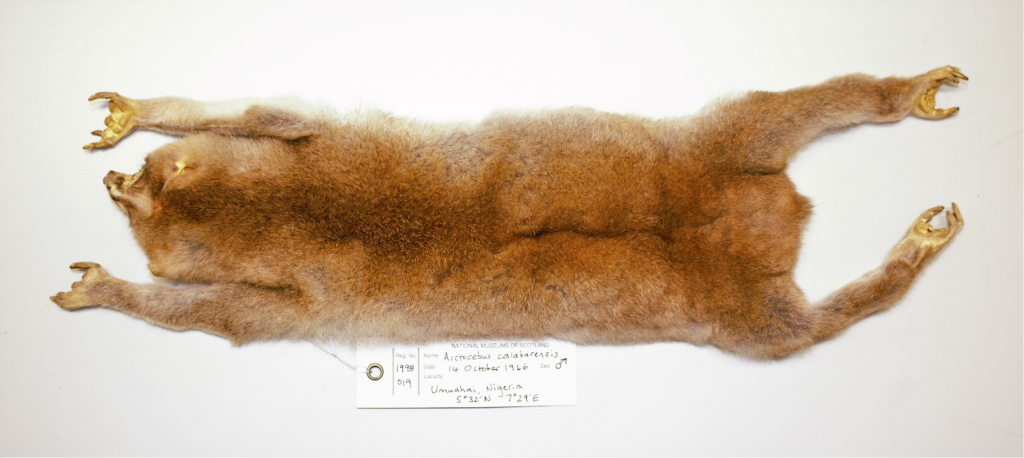
A few years ago, we were invited to collaborate with the Primate Variation Genome Consortium and provided more than sixty tissue samples, including the angwantibo samples. A recent study by Melin et al. (2021) compared the structure of the ACE-2 enzyme in lemurs, lorises and bushbabies to see how similar it is to the human form. ACE-2 (or angiotensin-converting enzyme-2 to give it its full name) is the main cellular target for the virus that causes COVID-19.
The results of this study show that lemurs, especially the aye-aye and sifakas, have a similar ACE-2 to that of humans and are therefore in theory highly susceptible to COVID-19. In contrast, ACE-2 in lorises and bushbabies is different from the human form, so they are unlikely to be susceptible to COVID-19.
These results may have important implications for the conservation of lemurs in the wild and in zoos. It is remarkable to think that an angwantibo that lived in Edinburgh Zoo almost 50 years ago has contributed to our knowledge about today’s pandemic and its potential impact on other primates. Biobanks provide that long-term genetic resource to give us answers to today’s and tomorrow’s important problems.
If you would like to find out more about biobanking or how to donate or loan samples please visit the CryoArks website or contact cryoarks@nms.ac.uk.
Authors:
Andrew Kitchener, Principal Curator of Vertebrates, National Museums Scotland
Gill Murray-Dickson, CryoArks Biobank Research Fellow, National Museums Scotland/Royal Zoological Society of Scotland
